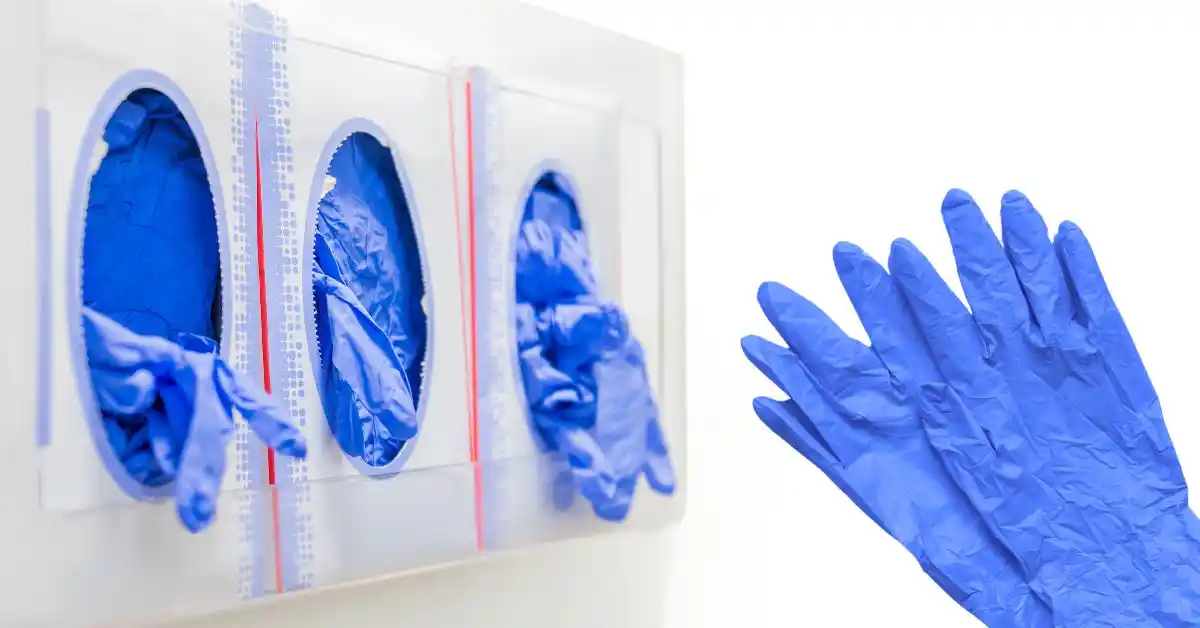
Do Medical Gloves Expire? Understanding Shelf Life and Safety
The Importance of Knowing Expiration Dates for Medical Gloves Understanding the expiration dates of medical gloves is crucial for ensuring safety and efficacy in healthcare

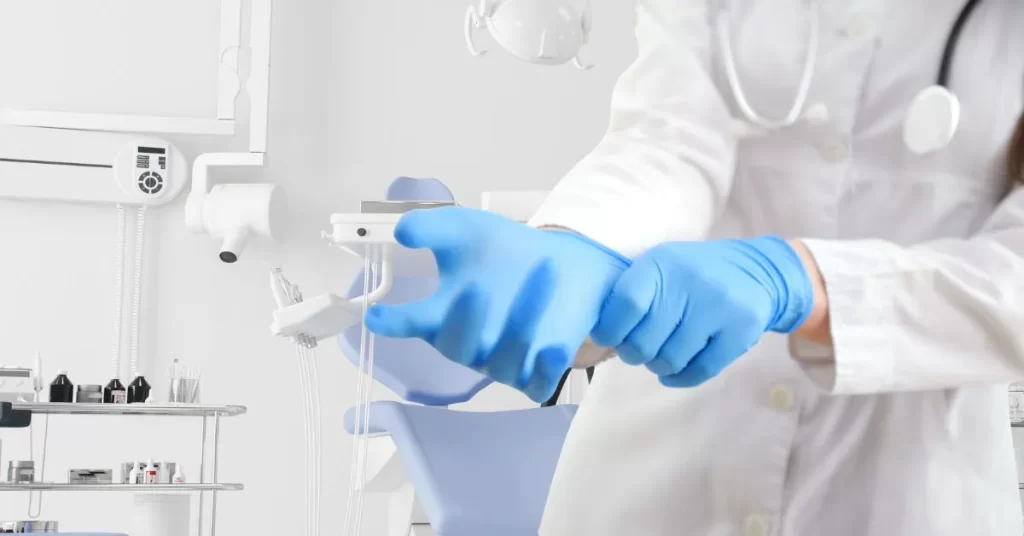
In any industry that requires the use of personal protective equipment (PPE), donning and doffing gloves is a common practice. Whether you are in the healthcare sector, food industry, or construction business, gloves are an essential part of the job. But while these gloves may seem like a simple tool to protect your hands, the truth is that there are hidden risks associated with the donning and doffing process. In this article, we will explore these risks. And we will provide you with tips on how to ensure that you are truly protected.
Donning and doffing gloves is the act of putting on and taking off gloves before and after handling potentially hazardous materials. It is a crucial step in preventing contamination and protecting yourself from harmful substances. However, many people overlook the proper techniques of donning and doffing, which can lead to serious consequences. One of the most common mistakes is not properly disposing of used gloves. This can result in cross-contamination and the spread of germs and viruses.
To avoid such risks, it is important to understand the proper techniques of donning and doffing gloves. First and foremost, make sure to wash your hands before putting on and after taking off the gloves. This helps to prevent any bacteria or viruses from transferring onto the gloves. Secondly, ensure that the gloves fit properly. Loose-fitting gloves can be easily torn or slip off, exposing your skin to dangerous substances. And lastly, avoid touching your face or any other surfaces while wearing gloves, as this can also lead to cross-contamination.
The material of the gloves also plays a significant role in ensuring your protection. Nitrile gloves are the most commonly used type of gloves in various industries due to their durability and resistance to chemicals. However, even nitrile gloves have their limitations. They can become torn or punctured, especially during the process of donning and doffing. This may not only expose your skin to harmful substances, but it can also lead to contamination of the environment.
To minimize the risks associated with donning and doffing gloves, it is crucial to use the appropriate type and size of gloves for the specific task at hand. For instance, if you are working with hazardous chemicals, it is best to use thicker nitrile gloves with longer cuffs to provide better protection. It is also important to regularly inspect the gloves for any signs of damage before and after use. If you notice any tears or holes, replace the gloves immediately.
In conclusion, donning and doffing gloves may seem like a simple task, but it should not be taken lightly. Without proper techniques and precautions, you may not be fully protected, and this can have serious consequences. Make sure to understand and follow the correct procedures of donning and doffing gloves. Use the appropriate type and size of gloves for the task, and regularly inspect them for any signs of damage. By doing so, you can protect yourself and those around you from potential risks and hazards.
Remember, donning and doffing gloves is not just a routine, but an essential step in ensuring your safety and preventing contamination. So, the next time you put on or take off your gloves, be mindful of the process and take the necessary precautions. Stay safe and stay protected!

The Importance of Knowing Expiration Dates for Medical Gloves Understanding the expiration dates of medical gloves is crucial for ensuring safety and efficacy in healthcare
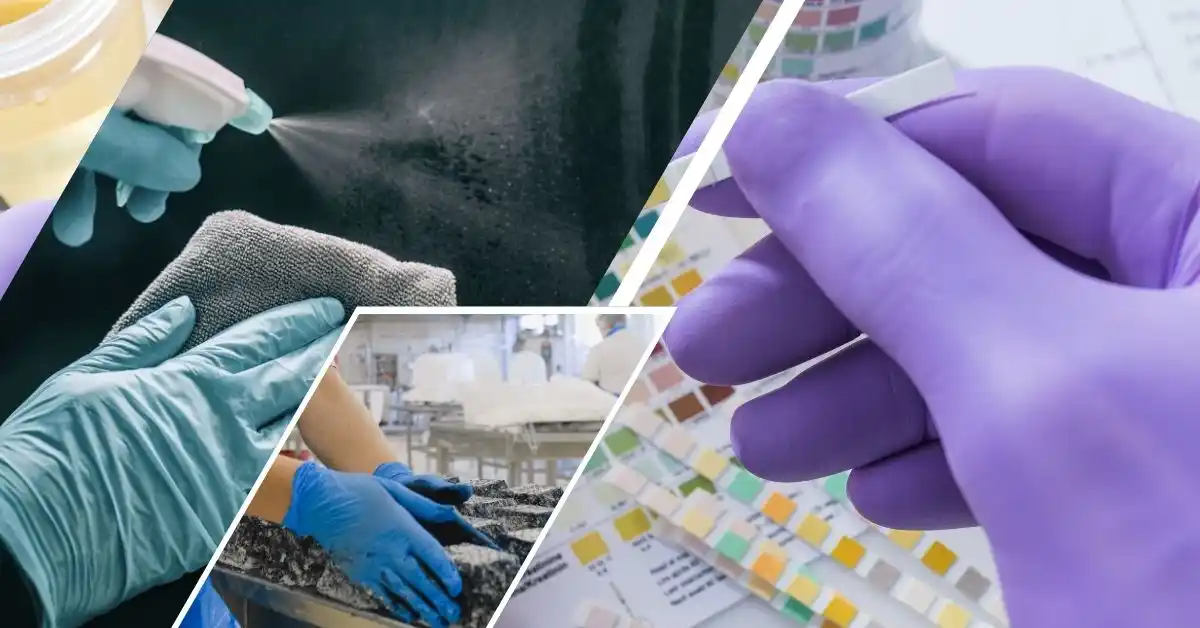
Healthcare Professionals: The Primary Users of Nitrile Gloves In the realm of personal protective equipment (PPE), nitrile gloves stand out as a crucial component, particularly
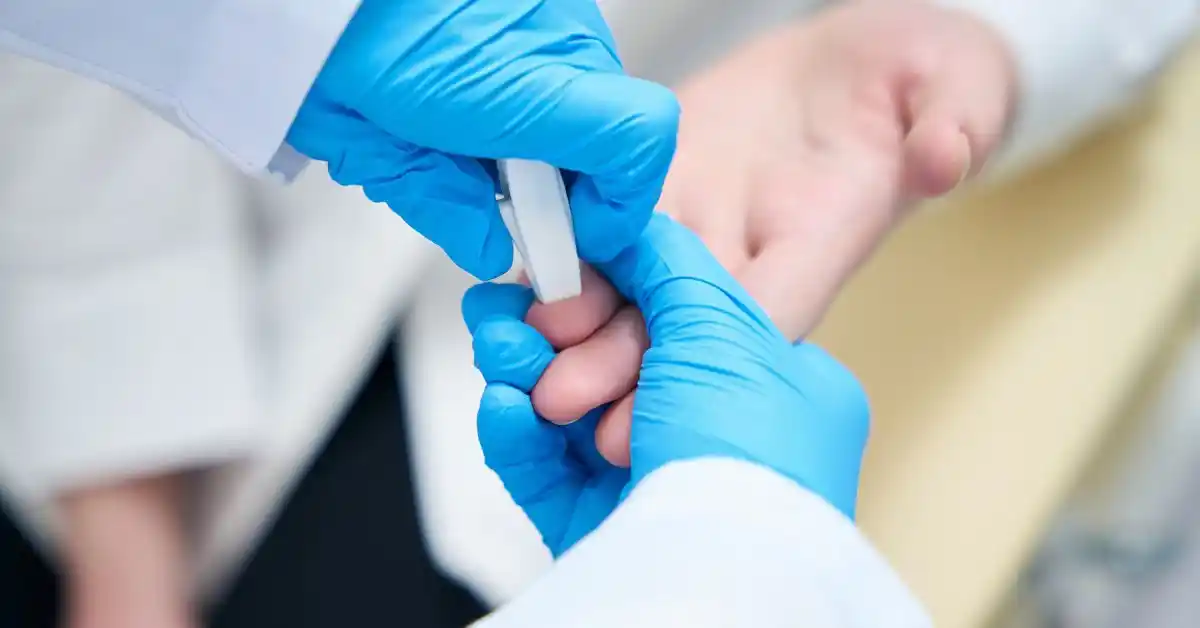
Understanding Puncture Resistance: What It Is and Why You Need It Understanding puncture resistance is crucial for anyone who prioritizes safety in their work environment.
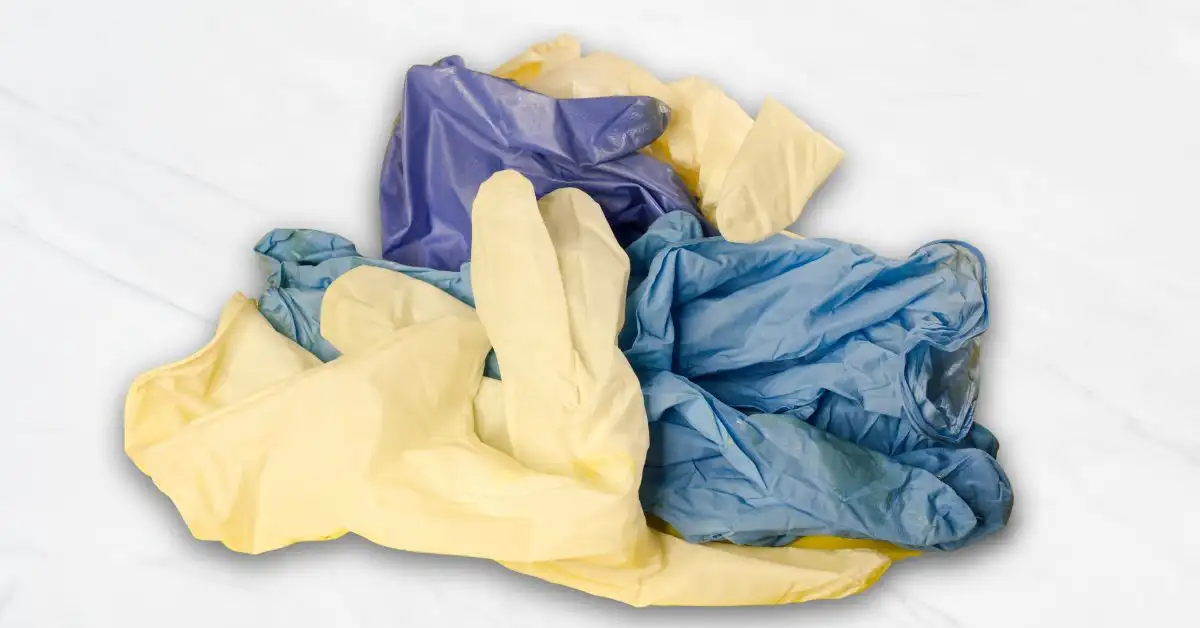
The Origins of Surgical Gloves: A Historical Overview The origins of surgical gloves can be traced back to a pivotal moment in medical history that

Why You Should Care About Hands Breaking Out from Gloves When it comes to personal protective equipment, gloves are often taken for granted. However, the
Driven by a passion for excellence, our mission is to consistently deliver the highest quality products at the most affordable prices. We aim to exceed customer expectations, creating value and trust.
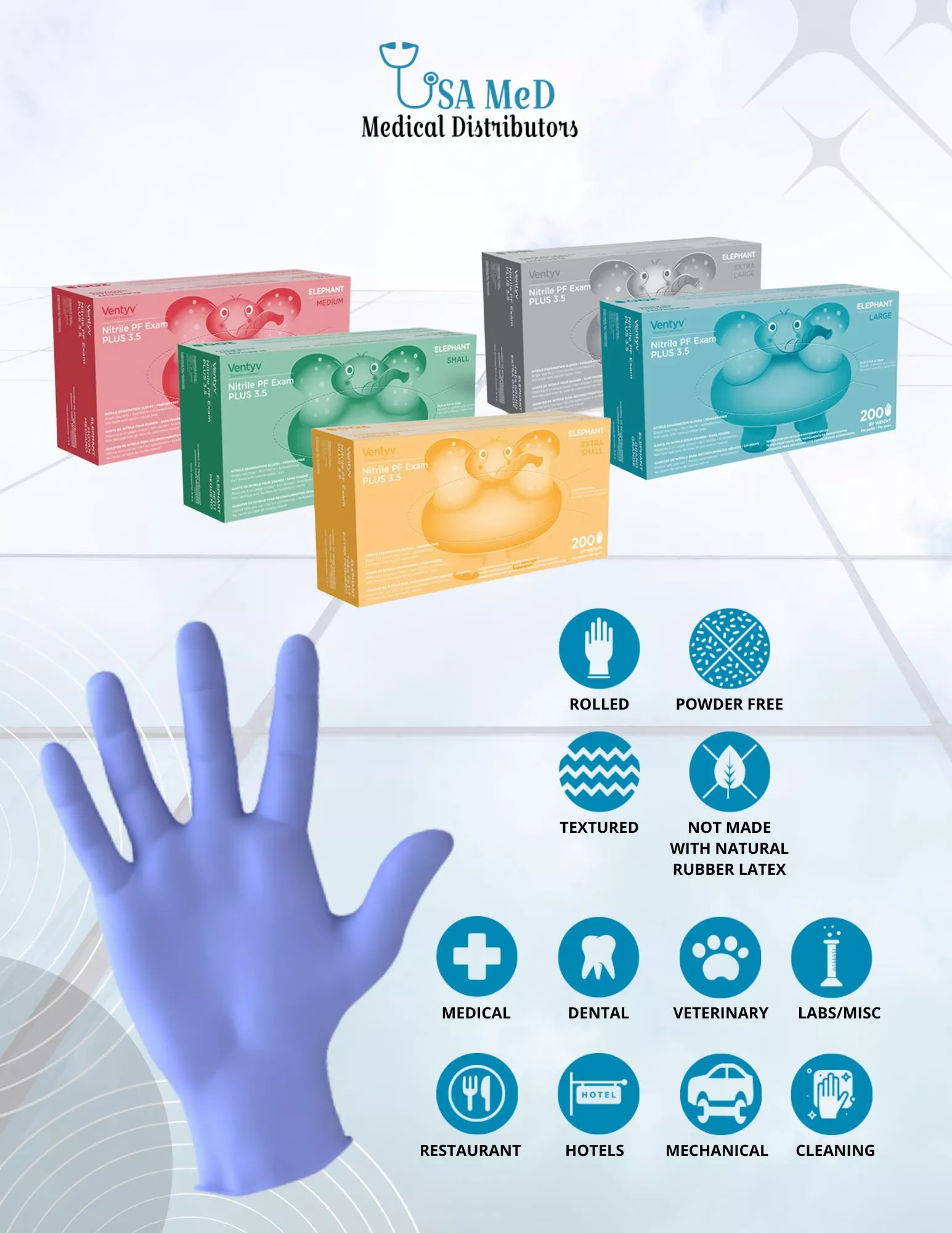
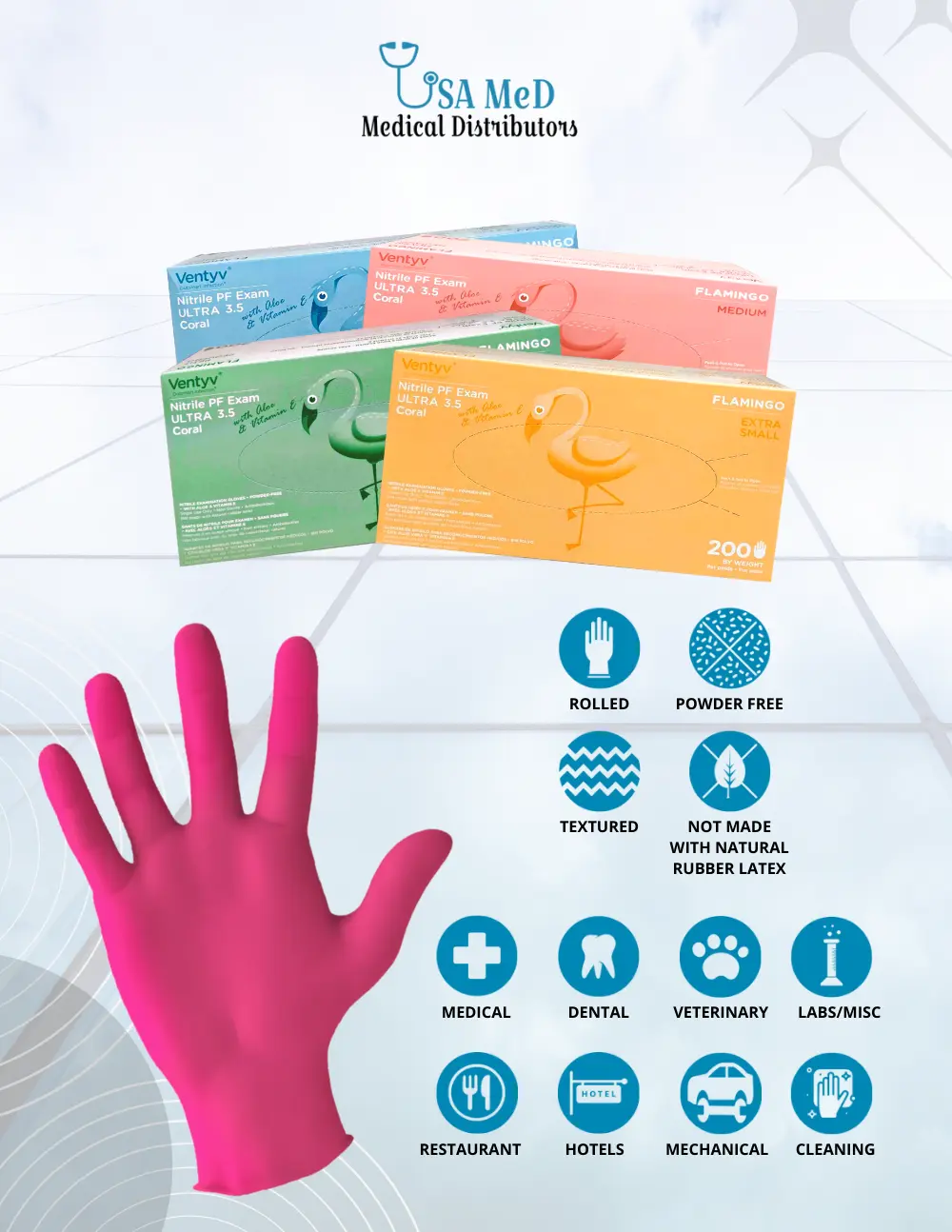
Phone Number: (239) 266 -1290
Email Addresses:
sales@usamedicaldistributors.com
customercare@usamedicaldistributors.com
Mailing Address :
501 Goodlette, Frank Rd N A105, Naples, FL 34102
Copyright 2022 – 2024. USAMED Medical Distributors. All rights reserved.
Privacy Policy | Return and Refund Policy
| Website by M. Escober